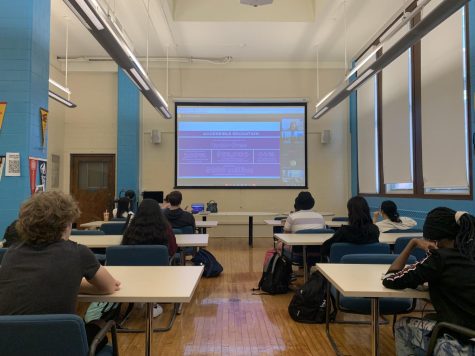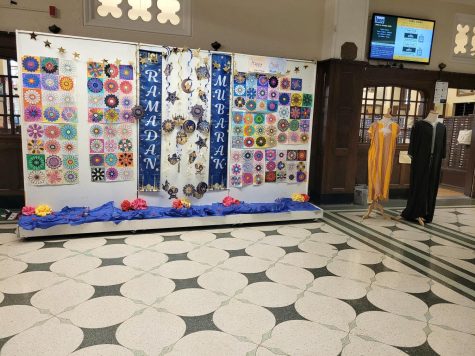What does student loan forgiveness mean for high schoolers?
October 18, 2022
News broke last month of a grand student loan forgiveness plan issued by the White House. Biden’s executive order will provide relief for a large number of Americans.
The new order is set to cut $10,000 of loans for those who make under $125,000, as well as $20,000 for Pell Grant Recipients, according to AP Government and Politics teacher Erin McMahon.
However, this does not apply to future college students or outline a plan for reducing college costs or student loans for current high school students. What it does do is reduce debt for individuals who have attended college, especially those who received Pell grants, meaning they’re under certain income thresholds.
It also will create repayment loan caps.
“That means people will pay less per month than they do now,” McMahnon told The Champion via email. “People who make $15 or less [an hour] won’t pay anything, after 10 years people who have less than $12,000 in loans will have their loans forgiven, and the government will pay the interest on this IDR plan so interest doesn’t accumulate. It’s unclear if this is final or not or just a proposal.”
Considering this is only an executive order, if another president came into office it would be possible for them to overturn it unless the order was turned into legislation. Legislation on this issue would create a greater chance of this helping to reduce student debt for current high school students once they are out of college. However, at the moment, tuition costs continue to rise and remain a problem for students across the country trying to assess the feasibility of attending college.
Due to this uncertainty regarding the future of this executive order, senior Rafi Nagorsky is not deriving much hope from Biden’s plan.
“I don’t think this really increases hope of a legislative or long-term solution due to the divided congress and unclear future after the midterms,” Nagorsky said in an email.
McMahon echoed this statement, saying that beyond the immediate impacts of this executive order, college costs and debt will remain an issue.
“It raised awareness about the student debt problem, so that could be good, but this isn’t legislation,” McMahnon said. “It’s an executive order and it didn’t really do much to fix the problem going forward.”
The order will provide a tremendous amount of relief for the 43 million people it will affect, according to NPR. However, current high school students are not included in those benefits.
“I wish there was an attempt to fix some of the causes for high student debt as opposed to just helping those who already have it,” Nagorsky said.
The White House Fact Sheet on Biden’s student loan forgiveness plan briefly states ways he is working to improve the issues with college tuition moving forward. These include trying to double the maximum Pell Grant, continuing to make community college free and keeping university tuition reasonable for the education students receive.
“If you are worried about the cost of college education, you need to vote and don’t vote for candidates who take money from student loan servicers,” McMahon said.
Some Lane seniors can vote in the upcoming midterm elections and potentially impact future loan forgiveness for high school students. Yet, besides those few, the rest are still burdened by the stress of college and are unable to directly affect circumstances regarding their future.
“We’re all just figuring it out, no one really knows what we’re in for, at least I don’t,” said senior Alle Chandler. “A lot more needs to be done for everyone to even out college costs and what families can afford.”







